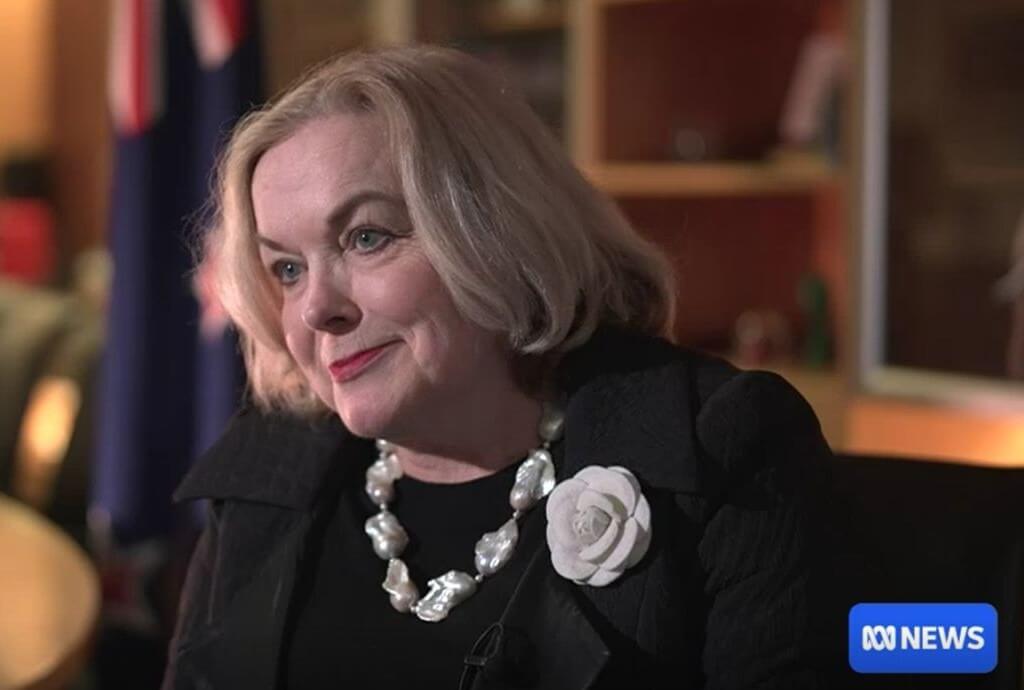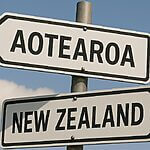In brief
- Most of the “savings” that come from Three Waters are from debt limits being raised.
- The Government says the cost to build infrastructure will be half of what councils currently pay. Really?
- The Government has now put ratepayers on the hook to secure loans to the WSEs.
- WSEs will set pricing charges, but non-residential Māori freehold land is exempt.
Big assumptions
The Water Industry Commission for Scotland (WICS) helped design models used to justify NZ’s Three Waters reforms.
The modeling uses key assumptions that are highly favourable towards Three Waters reforms and highly unfavourable for local councils retaining control. It was inevitable that WICS modelling would reach the conclusions that it did.
The assumptions that make financial modeling for Three Waters look good are:
- Increasing long term debt is counted as savings, to the extent this debt allows for reduced current year payments.
- Efficiencies due to amalgamation.
Increasing debt to deliver “savings”
Local councils are legally capped to a maximum debt of 2.5x revenue. That effectively stops runaway borrowing. Not so with Three Waters. The newly formed Water Service Entities (WSEs) will have their debt limit increased to 6.5x revenue.
The WSEs will cover expenses with massive increases in borrowing. Consumers will be spared increased costs in the short term, but in effect it is increasing your credit card’s limit, maxing it out, and calling it “savings”. And, with any luck, someone later on will have to pay it, not you.
Repayment hasn’t been factored into any models. Also, big increases in debt means the WSEs will be vulnerable to changes in interest rates. Taking on added debt to cover consumers’ water rates makes up nearly half the “savings” the Government says will result from the reforms. Frank Newman likens it to a Ponzi scheme.
Is bigger better?
The other half of savings, according to the Government, comes from amalgamating local councils water assets into four WSEs. The idea that all NZ water infrastructure is in need of massive investment and benefits from amalgamation simply isn’t true. While some local councils need to significantly upgrade water infrastructure, others don’t.
That said, the Government is saying that the WSEs will only have to spend half what the councils are spending on upgrades. But there’s no actual evidence to support that claim.
Also, the Government is claiming it can achieve significant efficiency regarding operating costs despite creating thousands of jobs.
Unknown costs of co-governance
Unique to New Zealand’s water infrastructure reforms are aspects of co-governance that give iwi control over water through the Te Mana O Te Wai statements.
There’s no calculation for costs incurred in meeting the demands of local iwi, whose leaders may decide on a whim to make significant and costly changes to water services. There is also concern about trying to impose charges payable to the iwi for the water.
Non residential Māori freehold land is exempt from charges, according to the disclosure statement for the Water Services Legislation Bill before Parliament (Part 1: General Policy Statement – Pricing and Charging).
However, everyone else pays and ratepayers are also to be made responsible for securing debt in the case of receivership. Mayor of Waitomo John Robertson writes “Surely ratepayers who have no ownership interest in these very large water services entities, do not elect their governing body, and have no sway over the business decisions that they make, should not be exposed to debt recovery by receivers.”



















